VA-111 Shkval Rocket Performance with Supercavitation inject and Mass Transfer
$160.00 $80.00 Student Discount
- This study extends the previous simulation of the VA-111 Shkval rocket using ANSYS Fluent software by incorporating mass transfer to capture the cavitation effects
- The geometry is designed in SpaceClaim, and the meshing is performed using Fluent Meshing; the element number equals 257,000 polyhedral cells.
- The simulation uses the Pressure-based and VOF Multiphase model to define a two-phase flow
- To capture the cavitation effects, the Zwart-Gerber-BelAmri model is enabled
To Order Your Project or benefit from a CFD consultation, contact our experts via email (info@mr-cfd.com), online support tab, or WhatsApp at +44 7443 197273.
There are some Free Products to check our service quality.
If you want the training video in another language instead of English, ask it via info@mr-cfd.com after you buy the product.
Description
Description
This study extends the previous simulation of the VA-111 Shkval rocket using ANSYS Fluent software by incorporating mass transfer to capture the cavitation effects. The objective is to analyze the impact of cavitation on the rocket’s aerodynamic performance and compare it with the non-cavitating case.
Geometry and Mesh: The geometry and mesh settings remain the same as in the previous study, the VA-111 Shkval designed in SpaceClaim and meshed using Fluent Meshing, resulting in a polyhedral mesh with 257,000 cells.
CFD Simulation Methodology
The simulation employs the Transent- Pressure-based solver and the k-e turbulence model that is initialized with a steady-no mass transfer case.
To capture the cavitation effects, the Zwart-Gerber-Bel Amri model is enabled. This model accounts for the mass transfer between the liquid and vapor phases. The cavitation model is coupled with the VOF multiphase model to accurately simulate the formation and collapse of vapor cavities.
Results
The simulation results of VA-111 Shkval show significant differences in the flow field and performance characteristics when cavitation is considered. The mass transfer rate contour reveals the regions where cavitation occurs, with higher rates observed near the rocket’s nose and along the body. The volume fraction contour illustrates the presence of vapor cavities surrounding the rocket, effectively reducing the wetted area.
The pressure distribution shows a low-pressure region near the nose, which triggers the formation of vapor cavities. The velocity magnitude contour indicates higher velocities within the vapor cavity compared to the surrounding liquid, confirming the drag reduction mechanism of supercavitation.
The turbulent kinetic energy contour highlights the increased turbulence levels in the wake region due to the collapse of vapor cavities. This turbulence can contribute to additional drag forces and affect the stability of the rocket.
Conclusion
The incorporation of mass transfer and cavitation modeling in the simulation of the VA-111 Shkval rocket provides valuable insights into the impact of cavitation on its aerodynamic performance. The results demonstrate the drag reduction benefits of supercavitation, as the formation of vapor cavities effectively reduces the wetted area and skin friction drag.
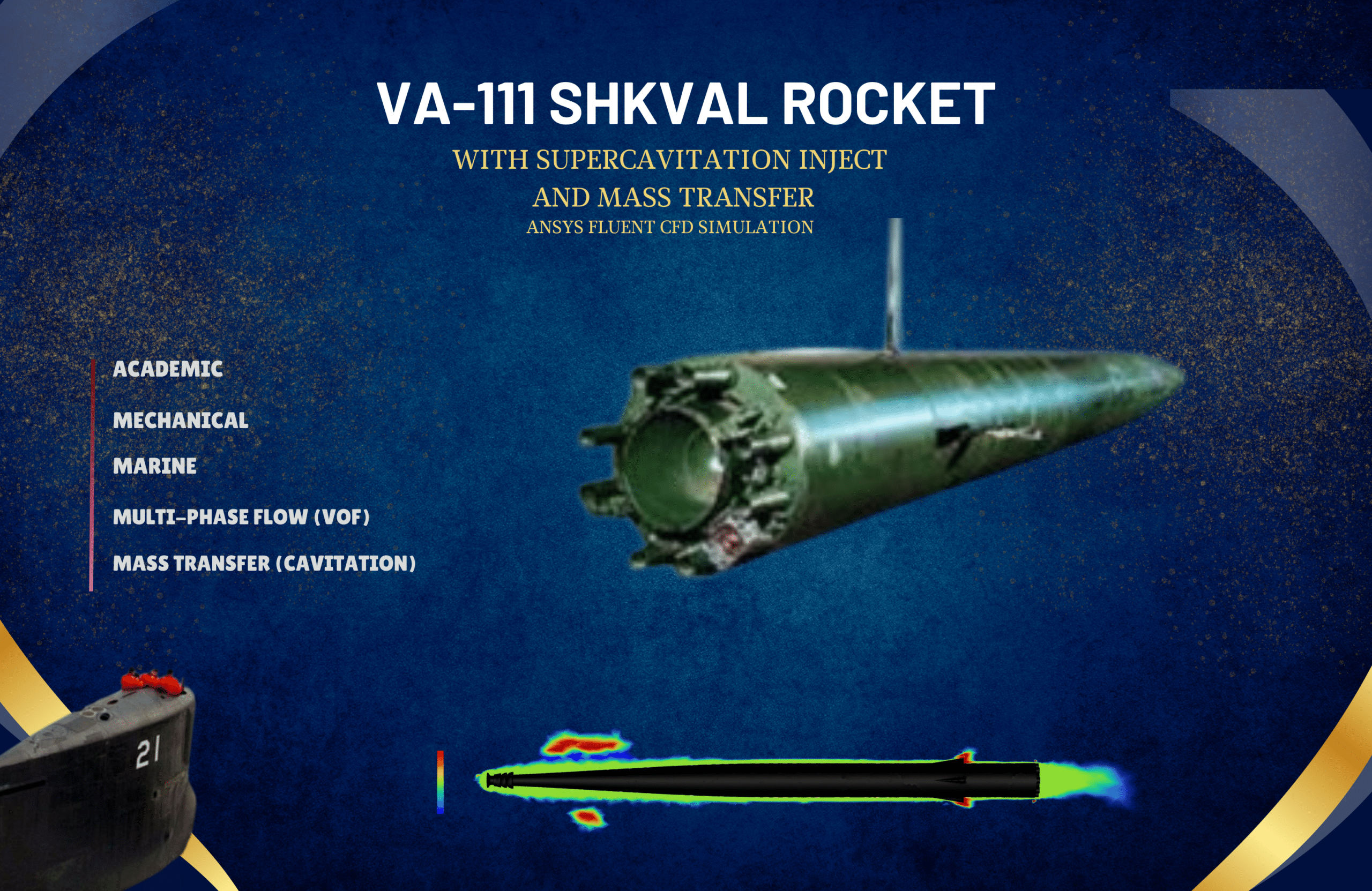
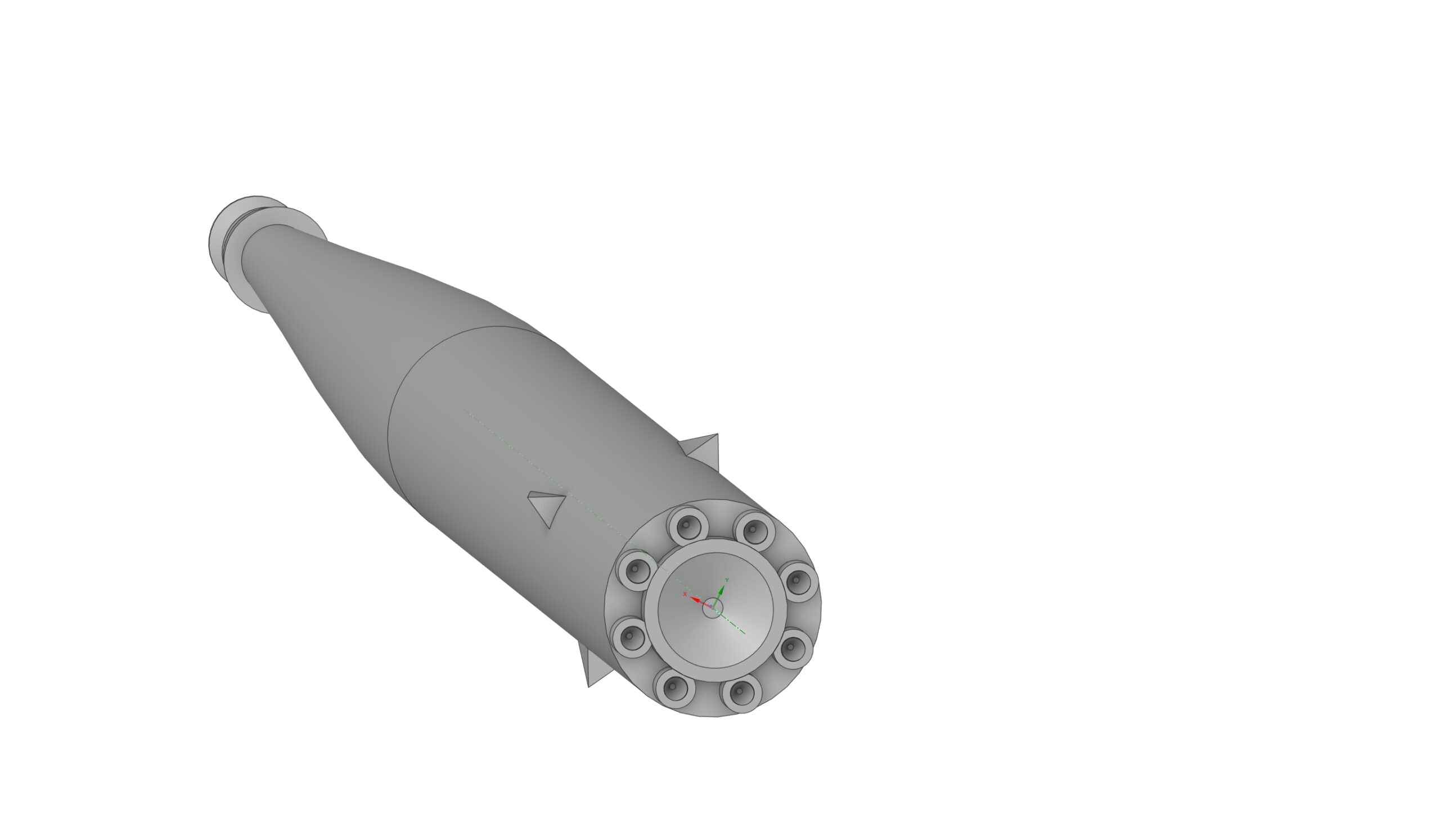
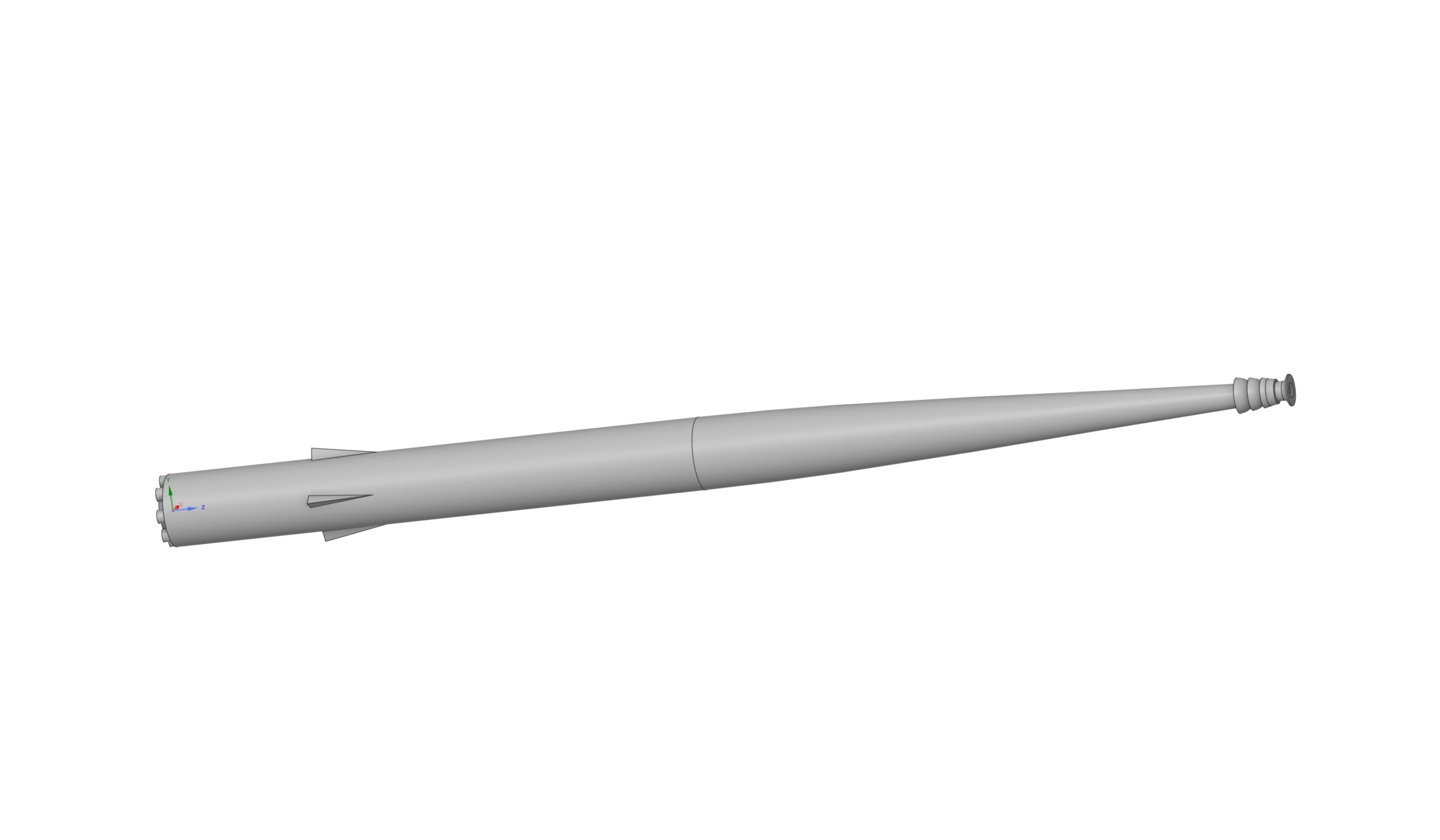
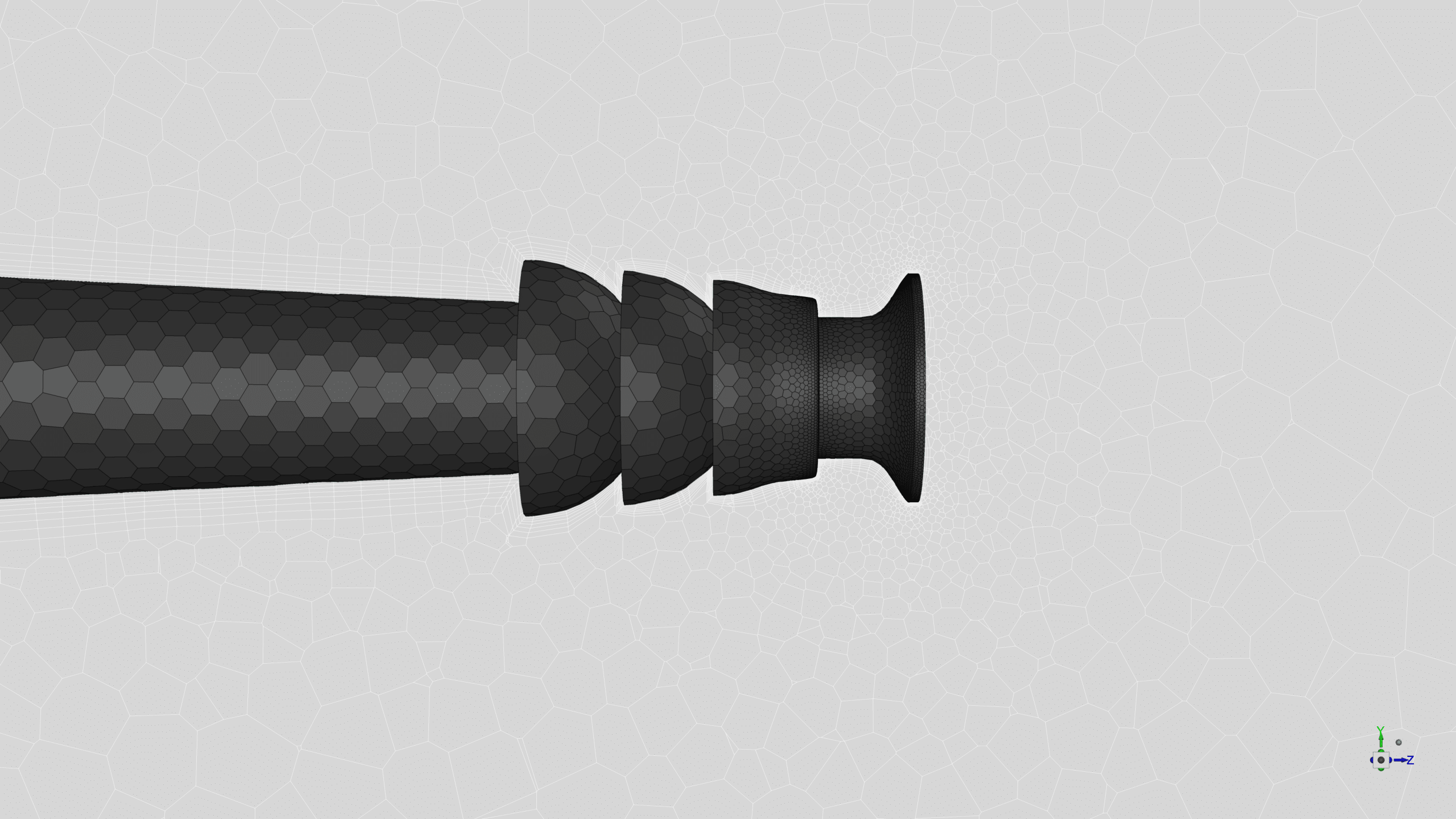

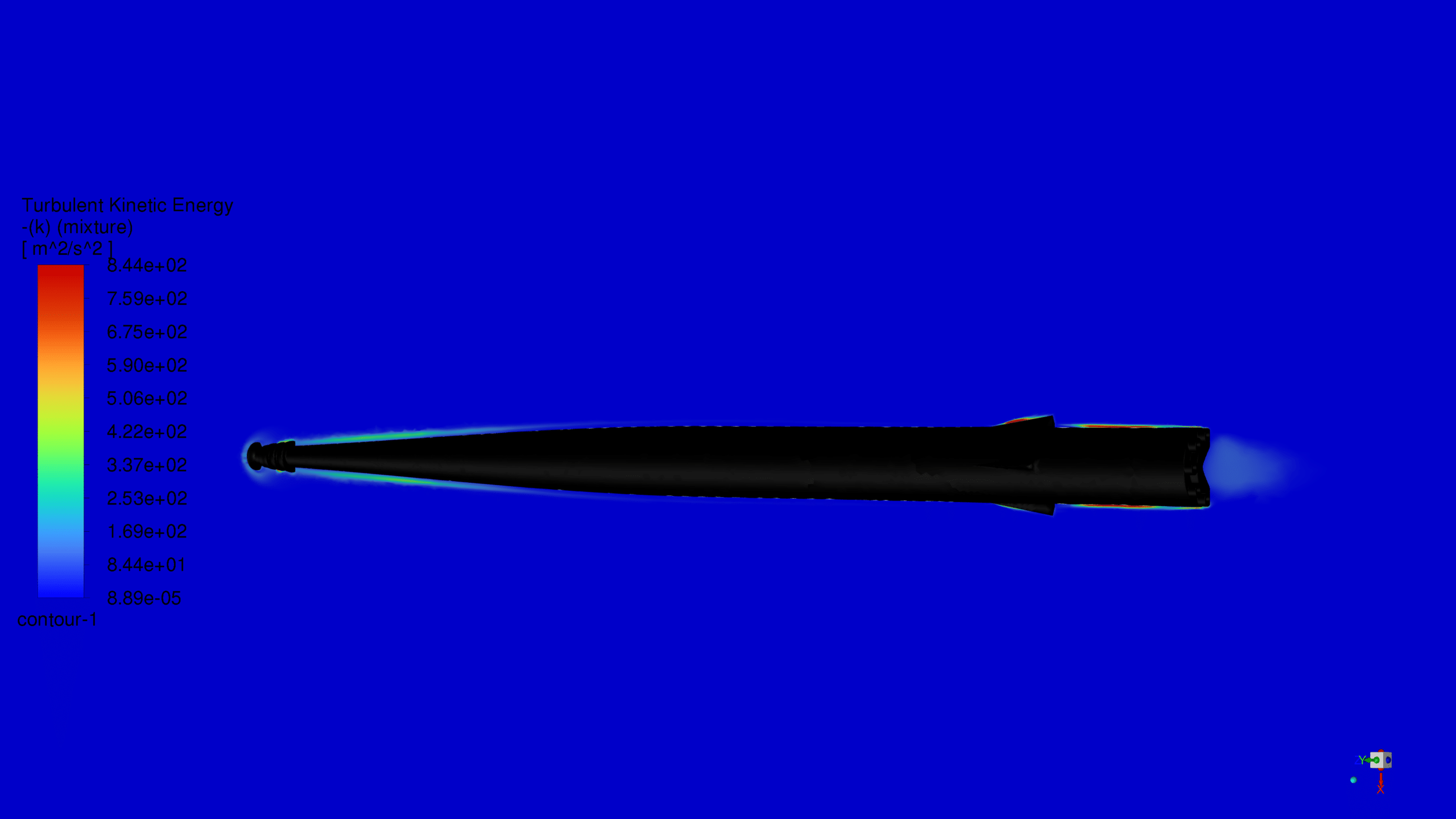
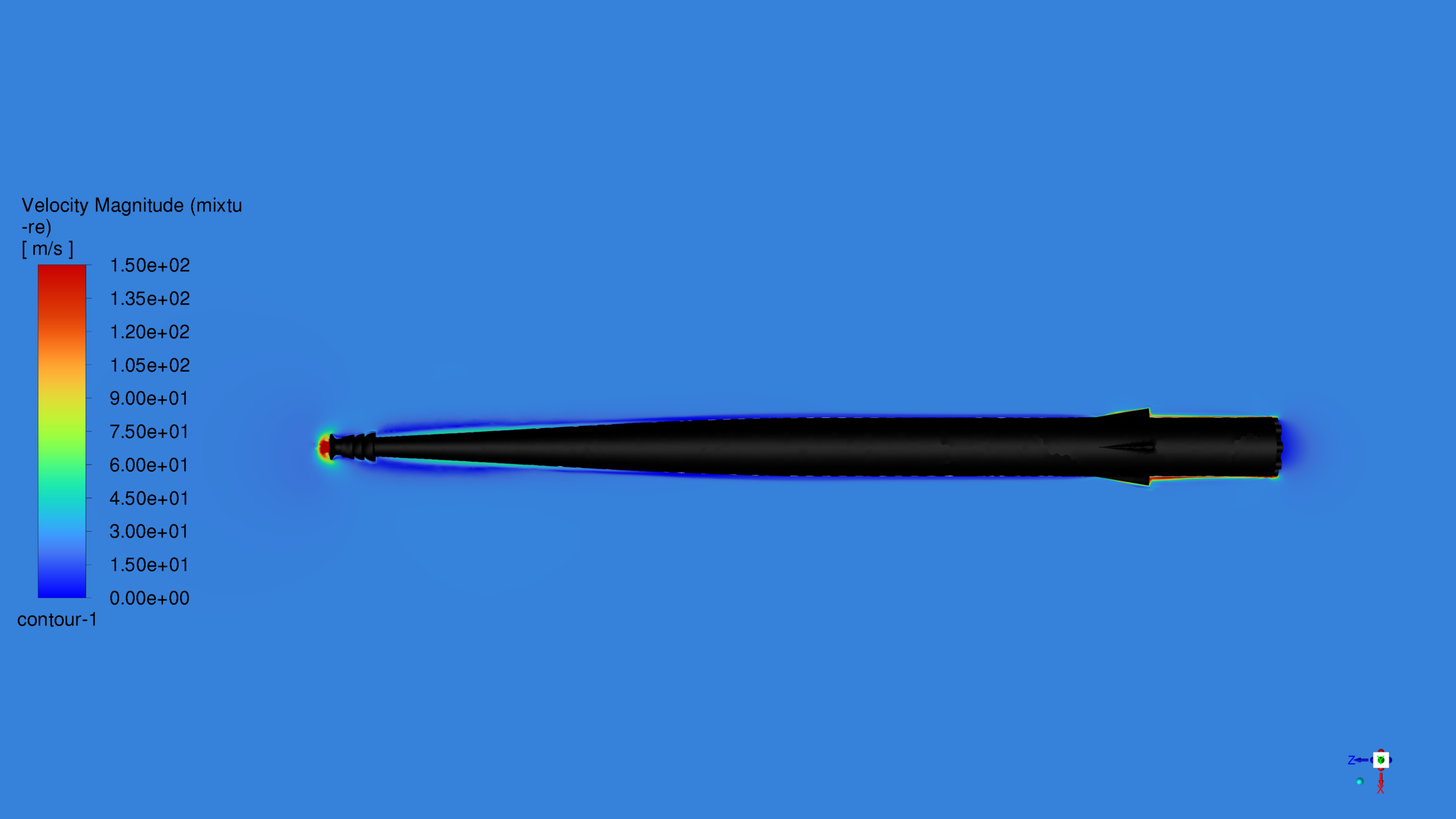

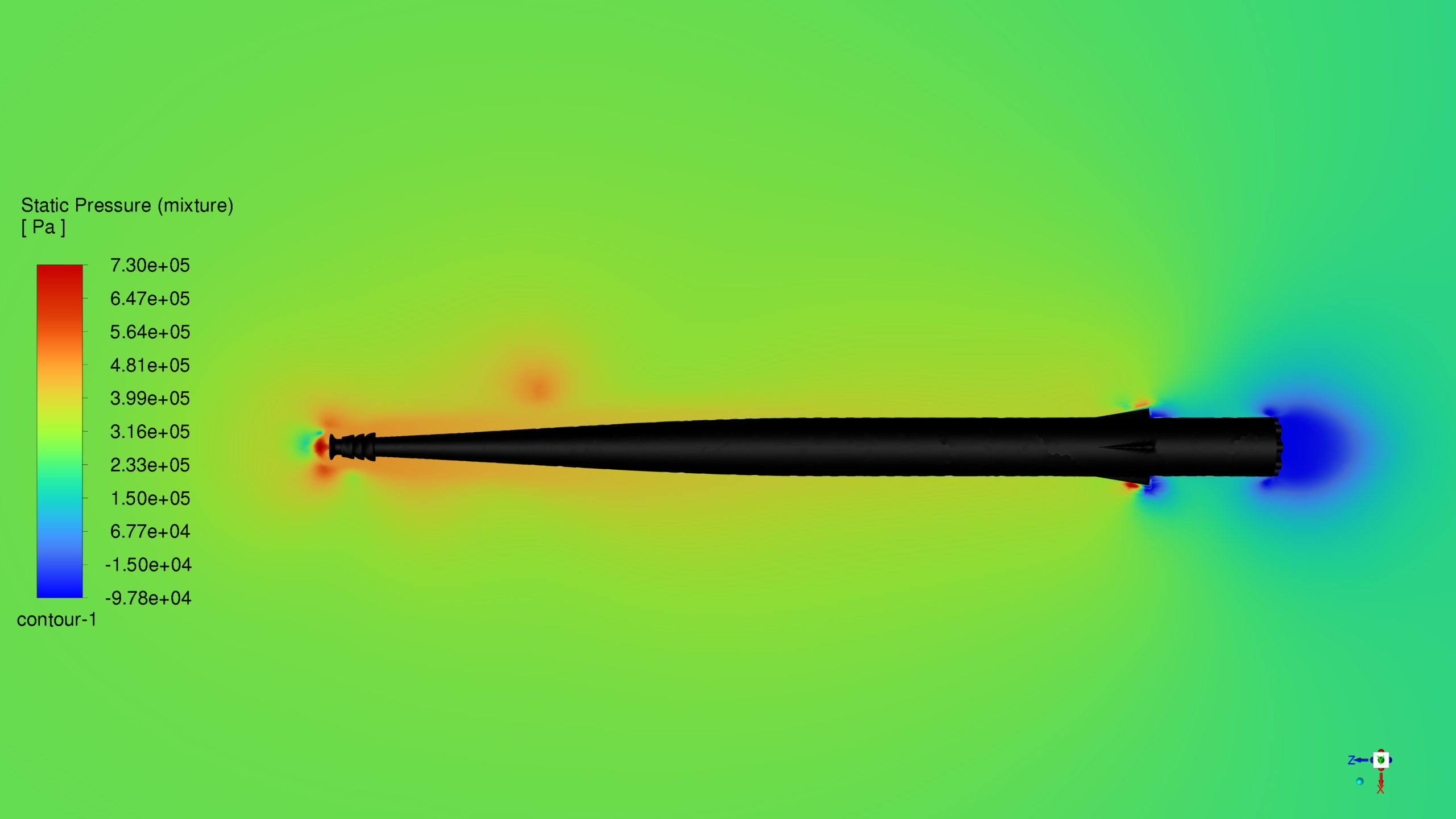
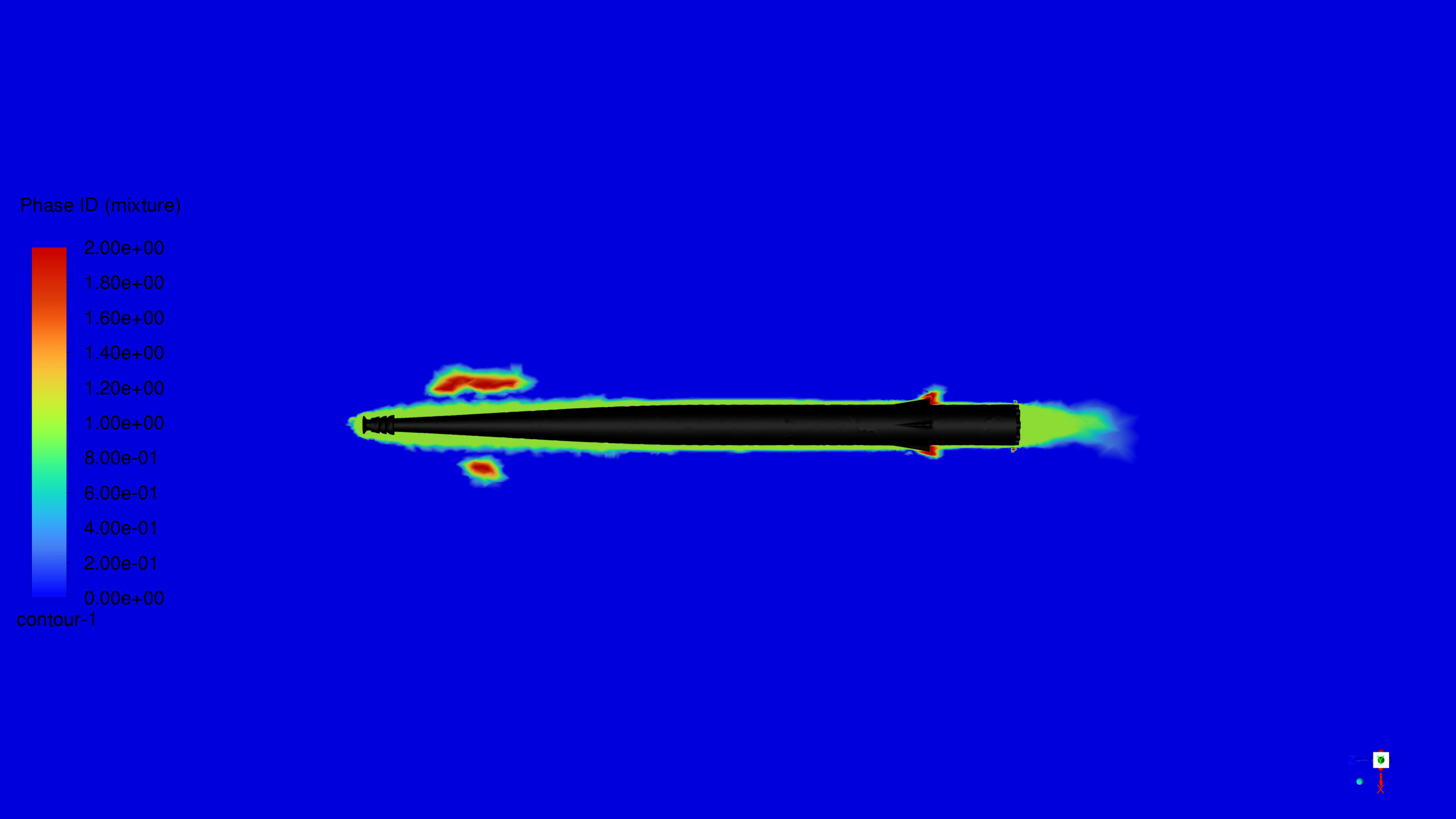

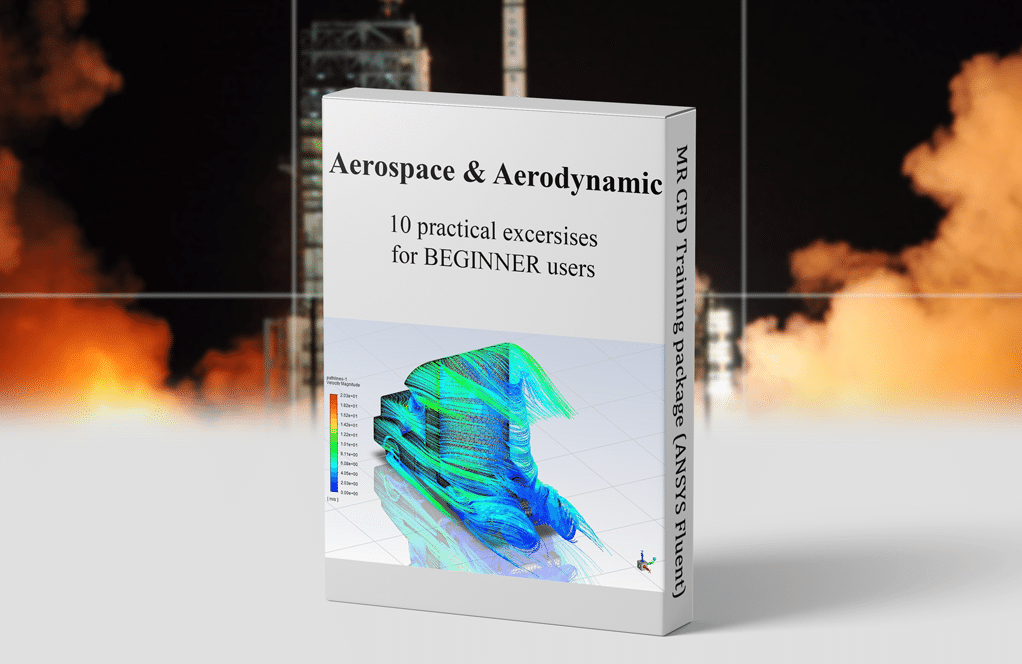
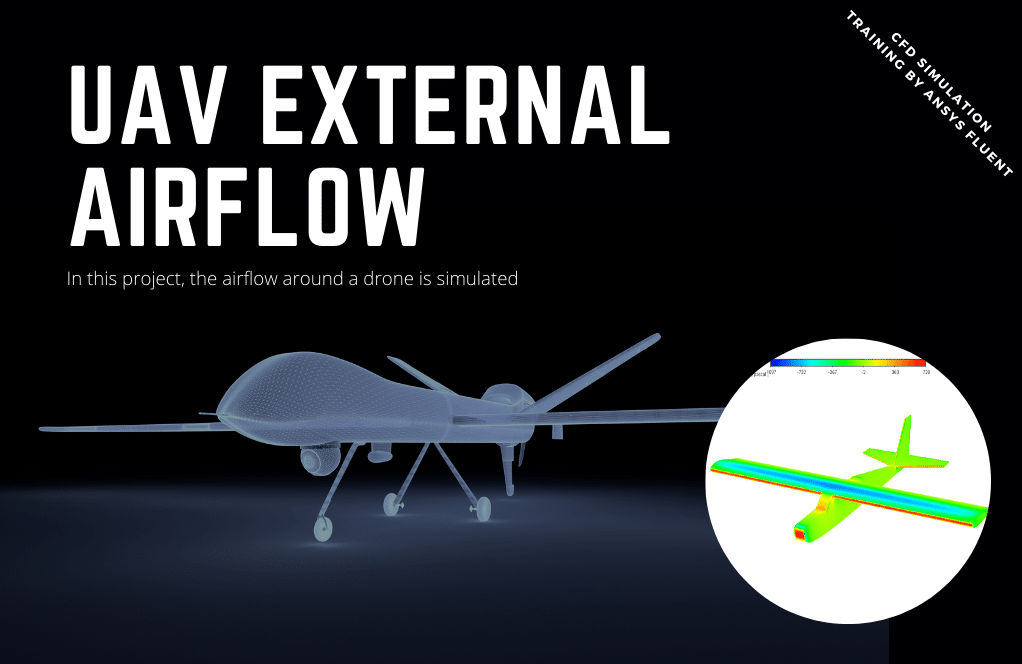
Reviews
There are no reviews yet.